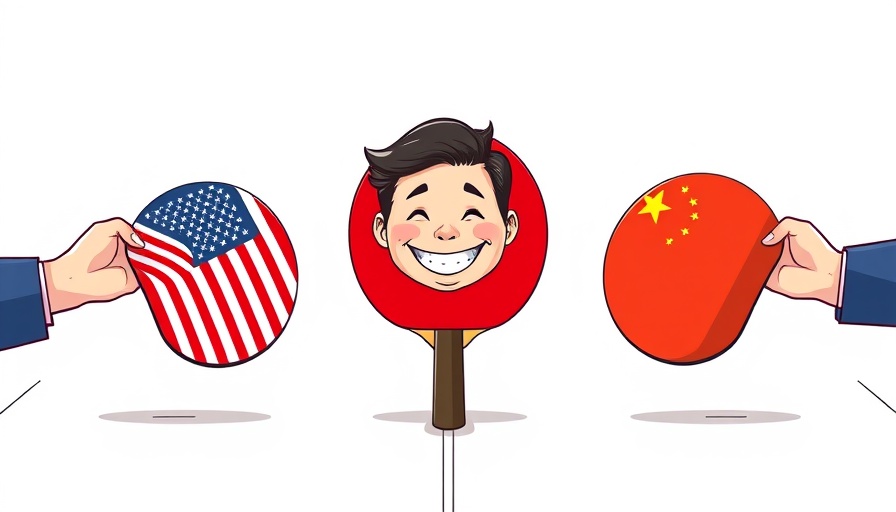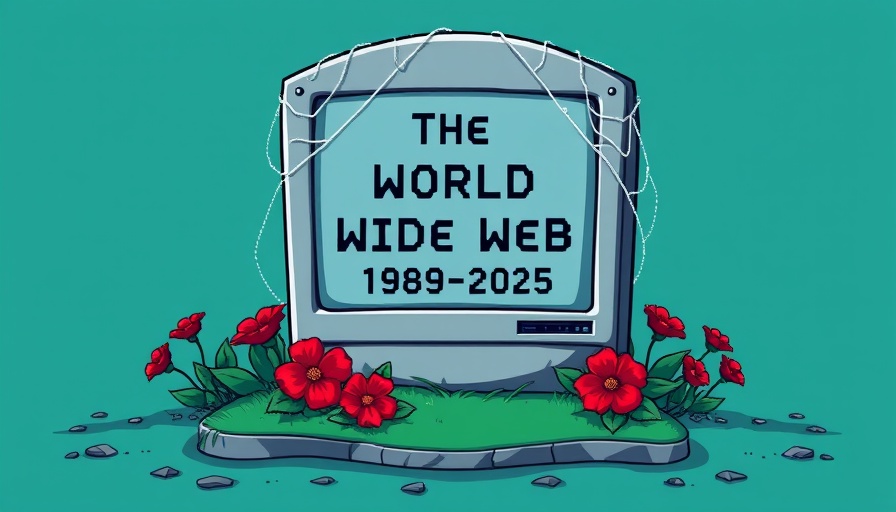
Trump's Tariffs: A Looming Crisis for American Carmakers
In a bold move, President Donald Trump has enacted new tariffs of 25% on imported vehicles from Canada and Mexico, set to take effect this month. This sweeping action, while aimed at boosting American manufacturing, poses a significant threat to the automotive industry, which is already grappling with high production costs and a competitive market.
The Economic Ripple Effect of Premium Pricing
Experts warn that these tariffs could lead to automobile price increases of up to $12,200 for certain models, impacting consumers disproportionately. Automakers, including major players like Ford and General Motors, are already signaling that these tariffs will cause immediate price hikes and disruptions in the intricate supply chains that underpin North America's auto industry.
Understanding the Supply Chain Challenges
The automotive supply chain is notoriously complex; many parts are manufactured in multiple countries before final assembly in the U.S. This arrangement is a product of decades-long trade relationships which are now jeopardized by tariff implications. Automakers have been quick to raise alarms, reporting that costs will escalate, ultimately affecting vehicle availability and leading to increased prices for consumers:
- Full-size SUVs: +$9,000
- Pickup trucks: +$8,000
- Small cars: +$6,200
The Balancing Act of Manufacturing and Imports
This tariff-induced dilemma raises questions about how sustainable manufacturing in America will be. As industry leaders, including Ford's CEO Jim Farley, point out, prolonged tariffs may diminish profits and slow economic growth considerably. In fact, these measures could stratify vehicle availability; consumers may turn to more affordable options, such as used cars or imports from countries not affected by tariffs.
Future Predictions: The Long-Term Impact on Auto Sales
Looking ahead, the ramifications of these tariffs could reshape the automotive landscape in the U.S. Analysts from Anderson Economic Group predict that if tariffs persist, they may not only deter new car buyers but also threaten jobs within the sector. The potential fallout could culminate in a significant decline in domestic sales and a shift in consumer behavior towards more global options.
A Call to Action for Industry Stakeholders
Now, more than ever, it's crucial for business owners and financial decision-makers in the automotive sector to prepare for the ripple effects of these tariffs. Conducting thorough cost-benefit analyses and exploring new investment strategies may provide much-needed leverage in a rapidly shifting marketplace. As we brace for potential price increases and a tight supply, businesses must act proactively to navigate these challenges successfully.
 Add Row
Add Row  Add
Add 










Write A Comment